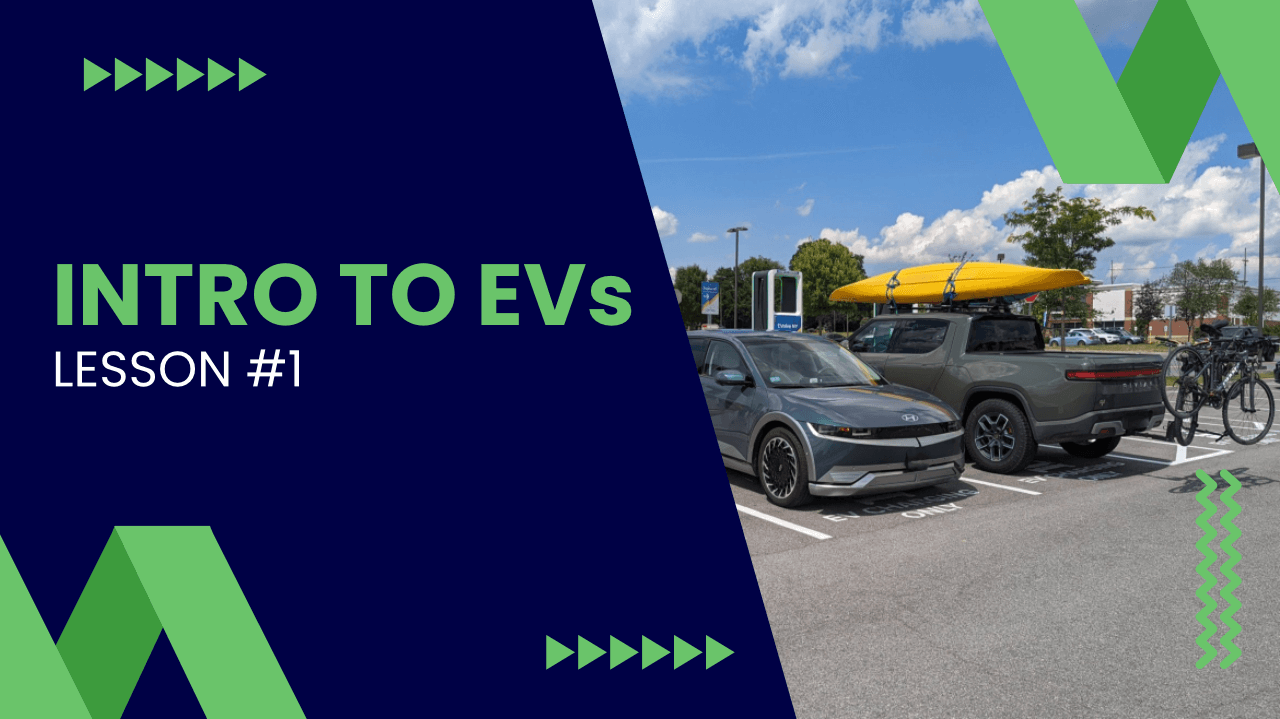What You Should Know About Electric Vehicles
October 26, 2020
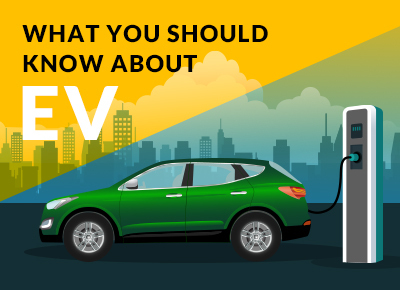

Steve Birkett is an electric vehicle advocate based in Greater Boston, Massachusetts. He is a content creator and marketing professional who contributes written and recorded pieces to a wide range of media outlets. His analysis has been featured in Find The Best Car Price, WWLP TV, and Torque News, among others. He has also had video content featured on Inside EVs. Birkett was an EV Guide for Plug in America events in Massachusetts (Drive Electric Cambridge and Drive Electric Lowell) and Ohio (Earth Day 2019 at Cleveland Zoo). He participates in quarterly advisory panel meetings for EVolve New York (a state-level charging initiative) and has contributed to focus groups for prominent U.S. charging networks.
Birkett is a father-of-two who loves nothing more than packing up the family and hitting the road in their latest electric car, which is currently a 2022 Hyundai IONIQ 5. With multiple Chevy Bolts in his past, as well as a Chevy Volt and Tesla Model 3 LR in the extended family, plus various EV rentals when he ventures back home to his native United Kingdom, Birkett has more than 100,000 all-electric miles under his belt and is always ready to try out a new electric vehicle.
For press inquiries, contact steve@findthebestcarprice.com
After a few false starts, the transition of drivers switching to electric cars is underway. With Tesla proving that electric vehicles are fast and fun, while the likes of Nissan and GM work on the affordable end of the market with the more practical Nissan Leaf and Chevy Bolt EV, the stage has been set for a steady flow of new all-electric models to hit dealership lots over the next few years.
However, while concerns over performance, range, and charging infrastructure have almost completely been swept aside, some important differences to driving a traditional combustion vehicle remain. In most cases, these changes are completely positive. From regenerating energy when you brake to the convenience of juicing up in your driveway, there are several potential surprises that we think you should know about!
With that in mind, this article covers four of the key changes you need to be aware of when you make the switch to an electric car.
Table of Contents
What's Different When You Switch to an Electric Car?
Although there are many subtle differences to all-electric driving, these are some of the main changes worth watching out for:
- One-pedal driving
- Cold weather range
- Rethink the fill up
- Free fuel
Let’s dive into each of these to understand why they matter and what you need to know.
Goodbye, Brake Pedal
Okay, there’s still a brake pedal in an EV, but you’ll probably be using it much less often. That’s because of a system called one-pedal driving, which combines the smooth acceleration of an electric drivetrain with the efficiency benefits of regenerative braking (often referred to as “regen” for short).
 Without going into great technical detail, regen uses the car’s electric motors for deceleration rather than relying solely on the physical brake pads. This turns some of that kinetic energy back into stored energy for the electric vehicle’s battery pack. It’s not only a way to increase efficiency, especially in the stop-go traffic of commuter traffic. It’s also a system that can be applied when the driver lifts off the accelerator, slowing the car without touching the brake pedal in some models.
Without going into great technical detail, regen uses the car’s electric motors for deceleration rather than relying solely on the physical brake pads. This turns some of that kinetic energy back into stored energy for the electric vehicle’s battery pack. It’s not only a way to increase efficiency, especially in the stop-go traffic of commuter traffic. It’s also a system that can be applied when the driver lifts off the accelerator, slowing the car without touching the brake pedal in some models.
Although it can take a drive or three to master, one-pedal driving quickly becomes a favored feature of many EV owners. Factor in the increased efficiency, extra range, and reduced wear on physical brakes, and you have an important difference that you can only experience by switching to an electric car.
Cold Weather Calculations
It’s common knowledge that any car’s performance suffers when the winter sets in. Cold weather means increasingly dry, dense air, and lower energy density for gasoline and battery packs alike. According to the EPA, combustion vehicles can suffer up to a 35% increase due to adverse conditions when it gets colder. That number is pushed even higher for EVs.
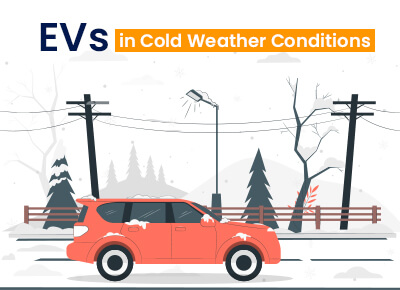 The switch to electric cars means greater efficiency, as far less energy is lost to waste heat compared to the combustion process in a traditional car. That’s great news for much of the year, but when temperatures drop that waste heat becomes a bit more useful. Gasoline-powered vehicles have systems to repurpose it to heat the components and cabin, while electric cars need to find other solutions to keep the battery pack and passengers warm. Most EVs make that happen through either a heat pump or resistive heater, but the impact on range from this increased energy use and lower energy density in the battery can be as high as a 40% decrease when it’s really cold.
The switch to electric cars means greater efficiency, as far less energy is lost to waste heat compared to the combustion process in a traditional car. That’s great news for much of the year, but when temperatures drop that waste heat becomes a bit more useful. Gasoline-powered vehicles have systems to repurpose it to heat the components and cabin, while electric cars need to find other solutions to keep the battery pack and passengers warm. Most EVs make that happen through either a heat pump or resistive heater, but the impact on range from this increased energy use and lower energy density in the battery can be as high as a 40% decrease when it’s really cold.
Despite this, electric vehicles do have some advantages in winter.
First, you can preheat the cabin while it’s plugged in at home, drawing energy from the grid rather than your vehicle. Even if you have a driveway, that remote start is burning fuel and is more expensive with a combustion engine. And if your car is parked in a garage, carbon monoxide obviously makes running the engine a non-starter. Not so with electric vehicles, which can simply be programmed to turn on and warm the cabin 10-20 minutes before you leave. EVs also accomplish this heating more quickly, as much less has to happen to get the car’s HVAC system up and running.
Even with these advantages, it’s important to note the potential for lower range if you live in a part of the country that freezes up for extended periods of time. From picking the right amount of range to knowing how to handle extreme weather, we also covered this in our article on how to prepare for an electric car.
Rethink Fueling
Charging an EV is often raised as a negative in the switch to electric cars, but for the majority of your driving it’s actually likely to be a positive change. Even commutes that stretch beyond the US average of 40-50 miles will be a breeze for today’s EVs, meaning most all-electric drivers wake up to a full charge and never have to visit a gas station again.
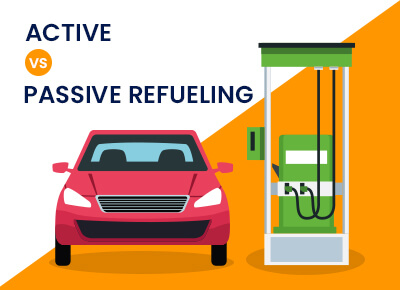 For those who travel further from home or who have to use public charging stations, the rethink comes in the form of active vs. passive refueling. While it can’t yet be argued that charging an electric car at a public station is faster than stopping for gas, the setting in which you’ll charge is much different than pumping gas. Charging is a passive activity, meaning you plug in and walk away, while pumping requires you to stay with the vehicle and settle up before you leave. Refueling an EV in public means going for a meal or grocery shopping. Refueling a combustion vehicle means adding the gas station to your list of errands for the day.
For those who travel further from home or who have to use public charging stations, the rethink comes in the form of active vs. passive refueling. While it can’t yet be argued that charging an electric car at a public station is faster than stopping for gas, the setting in which you’ll charge is much different than pumping gas. Charging is a passive activity, meaning you plug in and walk away, while pumping requires you to stay with the vehicle and settle up before you leave. Refueling an EV in public means going for a meal or grocery shopping. Refueling a combustion vehicle means adding the gas station to your list of errands for the day.
Another difference in this area is the “fill ‘er up” mentality. Because charging is so readily available at home, work, or during daily errands, most owners charge their EV whenever the opportunity arises (more on that next). That means a top-up here and there, potentially in multiple locations if it fits the driver’s schedule, and usually only to around 80 or 90% to leave some room at the top of the pack for the regen we talked about earlier. All that regenerated energy needs somewhere to go and a full battery means it will be wasted.
Because of this, many EVs limit regen when fully charged and one-pedal driving is temporarily less effective. The limitation doesn’t last long - as soon as you consume some electrons, regen quickly returns - but the change is another one to be aware of as we transition to electric cars.
Always Be Charging
The “ABC” of electric vehicles might sound restrictive, but it can actually be quite liberating in terms of both cash and convenience. “Always Be Charging” doesn’t mean that EV drivers are constantly tethered to a plug, as much as it’s a reminder to always be on the lookout for complimentary electrons and the opportunity to lower your running costs.
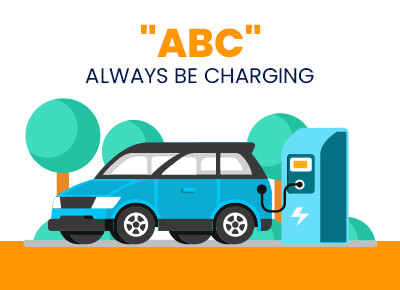 As we covered in our article on reasons to buy an electric car, there are many benefits available to early adopters. Some of those include complimentary charging, which is a major difference with gasoline vehicles that simply never gets old. It does require a slight change in mindset, however, which means knowing where your local charging options are and which networks offer free electrons.
As we covered in our article on reasons to buy an electric car, there are many benefits available to early adopters. Some of those include complimentary charging, which is a major difference with gasoline vehicles that simply never gets old. It does require a slight change in mindset, however, which means knowing where your local charging options are and which networks offer free electrons.
Volta charging, for example, is ad-supported and free for almost any plug-in vehicle. Then there are networks like ChargePoint, which often has free or low-cost stations but where the price is set by the host site. Whereas gas prices are generally fixed in an area and rarely differ enough to make it worth seeking out a specific station, a little homework on charging stations in your local area - or places that you visit often - could see you make some journeys for free.
Whether you charge at home or enjoy the challenge of finding complimentary juice around town, the suggestion to always be charging is worth keeping in mind for anyone considering the switch to an electric car. It also serves to keep the EV battery pack healthy and ready to warm up your car in winter, as we covered above, so plugging in whenever it’s convenient and cost-effective is a habit worth adopting.
Driving an EV is actually a lot like driving an old school car, only quicker, quieter, and more efficient! Keep the few differences covered above in mind as you make the switch to an electric car and your transition to all-electric transportation will be even smoother. And if you want to make it more memorable, make sure you name your electric car something worth remembering.
ALSO READ: Affordable Electric Cars to Watch
Best Car Deals by Category
Frequently Asked Questions
What is one-pedal driving?
One-pedal driving describes a unique feature of electric vehicles, which uses the right side pedal for both acceleration and slowing down. Easing off the pedal brings a much greater degree of deceleration than a conventional car, which adds energy back to the vehicle’s battery pack and reduces wear on physical brake pads.
Why should I switch to electric cars?
Electric cars are generally quicker, cleaner, and have lower running costs than traditional cars. Electric motors deliver instant torque, which improves performance, and fewer moving parts means much less maintenance for EVs. Electric cars are also “fuel-agnostic,” as electricity can be generated from multiple sources, including home solar.
How much range does an EV lose in winter?
Like combustion vehicles, electric cars are less efficient in cold weather. Estimates for traditional cars place the loss of efficiency at around 25-30% due to increased idling time and denser air. EVs can see losses closer to 40%, depending on temperature and heater settings, due to increased energy use and slower chemical reactions within the battery pack.
How fast do electric cars charge?
There are various options for levels of EV charging, which broadly fit into one of three categories: level 1, level 2, and DC fast charging. Level 1 charge equipment can plug into a regular household outlet and can take 24-48 hours to fully charge, depending on the size of the battery pack. Level 2 is closer to a home dryer outlet and can usually charge most electric cars overnight, in 8-12 hours. DC fast charging stations are almost exclusively commercial installations that bring a battery to 80% in 30-40 minutes.
Are there tax incentives available for electric cars?
Yes, you can get up to $7,500 in federal tax credit for certain EV models. But it's important to note that this tax incentive is already expired for popular EV makers like Tesla and General Motors. Rebates are updated every year, so it makes sense to get them now while you still can. Learn more about what electric car tax incentives are still available.
Posted in Car Buying Tips, Electric and Hybrid Vehicles |




